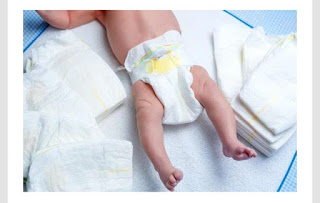What do we call this now?
It’s quite amazing as for the first time in medical history, a baby boy has been born with three joysticks, a team of doctors has said.
This online news platform understands that the doctors said the baby boy is the first-ever human to be born with such features.
The baby born with 3 joysticks, a condition called triphallia, was reported to have been born three months ago in Duhok, Iraq.
According to the doctors, the parents of the baby born with 3 joysticks discovered “two skin projections” at the base of his scrotum after which they took him to the hospital. The doctors were baffled when they discovered that they were joysticks.
One measured 2cm while the other was 1cm – only one of the joysticks had a head.
Only the child’s main penis was functioning, so the doctors carried out surgery to remove the other two joysticks.
The team, led by Dr Shakir Saleem Jabali, wrote in the International Journal of Surgery Case Reports:
“Triphallia (three joysticks) is unreported condition in human until now.
“Patients with supernumerary joysticks have unique presentation and no cases are identical.
“Treatment is difficult because it poses medical, ethical, and cosmetic aspects. A combined multidisciplinary team is required for the management and long term follow up is required.
“Excision or reconstruction of the duplicate penis is required depending on the corporal development and anatomy of the urethra.”
Diphallia, a condition where a child is born with two joysticks, affects one in six million boys. It was first reported in 1609 by Swiss doctor Johannes Jacob Wecker when he analysed a cadaver.
Since then, only around 1,000 cases have been reported. The condition is not a danger in itself, but can lead to health complications. People with diphallia often experience other congenital defects, including digestive and urinary tract problems.

Post a Comment